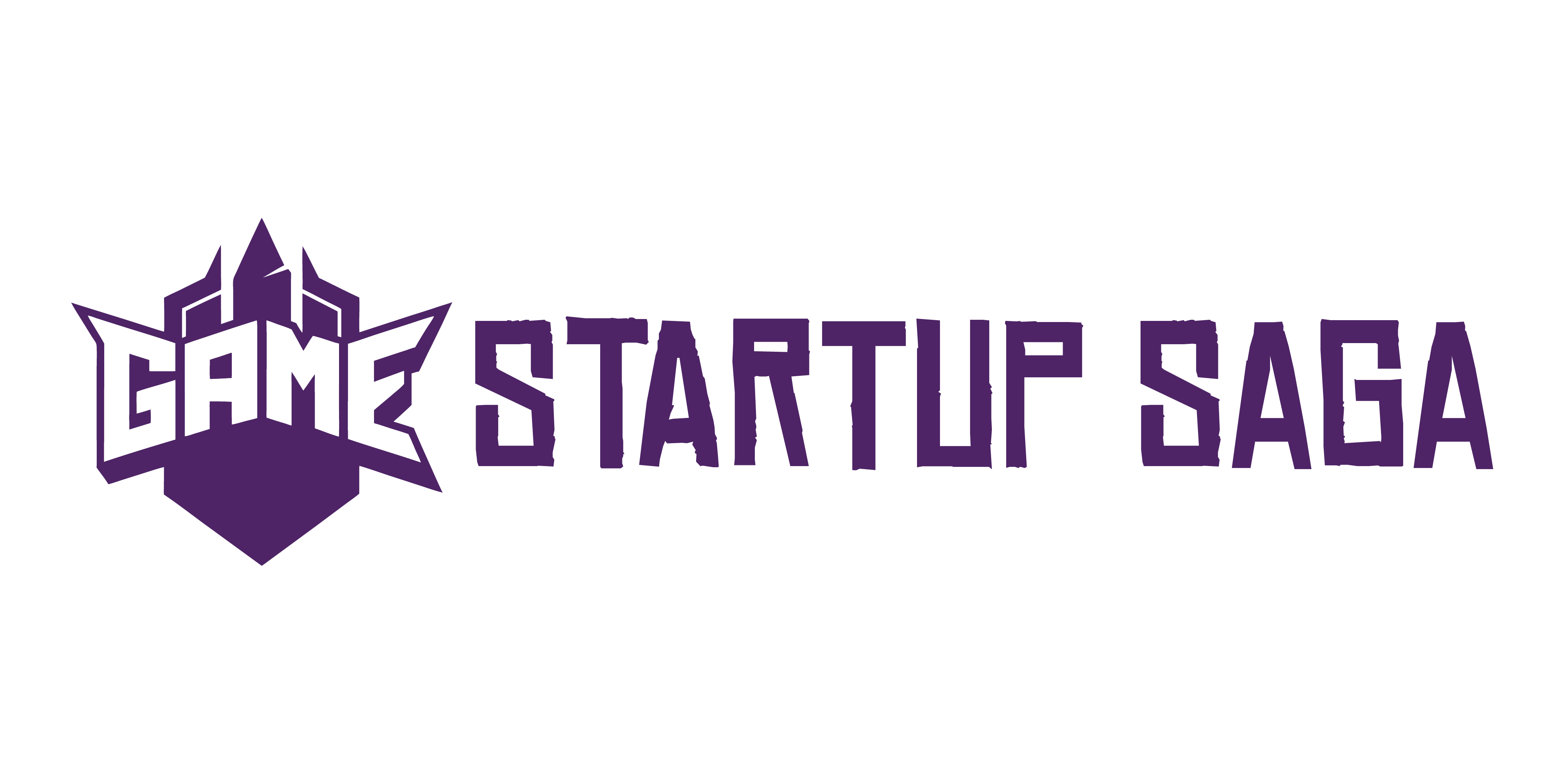Introduction
The gaming industry isn’t just growing—it’s surging. In the past few years, it’s outpaced film and television in terms of global revenue, pulled in audiences across every age bracket, and transformed from a niche interest into one of the most dominant forms of entertainment on the planet. Whether you’re a kid playing Roblox on a tablet, a pro grinding Valorant in esports arenas, or an investor watching mobile titles hit billion-dollar valuations, gaming is inescapable—and serious business.
Understanding where this momentum is headed matters. Developers need to track platform shifts and audience behavior to build smarter, tighter products. Investors want to back what’s scalable. Players, especially those who spend real time and money, are becoming more discerning—expecting polished mechanics, low barriers to entry, and a sense of community.
From hyper-casual puzzle games to sprawling AAA battle royales, gaming is everywhere now. And it’s not slowing down. Keeping up with the trends isn’t optional anymore—it’s survival.
Trend 1: The Shift Toward Cross-Platform Play
The line between console, PC, and mobile gaming is nearly erased. Players now demand one uninterrupted experience—login on one device, pick up exactly where they left off on another. Whether you’re grinding ranked matches on a PlayStation or grabbing a quick session on your phone, the expectation is the same: everything should just work.
Big names are leading the charge. Fortnite, Call of Duty, Genshin Impact—they’re not just supporting crossplay; they’re normalizing it. Cross-progression means your gear, stats, and unlocks follow you everywhere. For the player, it’s frictionless. For developers, it’s a logistical overhaul.
Building for multiple ecosystems at once isn’t cheap or easy. Studios need scalable backend systems, airtight syncing, and rock-solid testing across platforms. But the payoff? Bigger player bases, longer engagement, and stickier monetization. When players can access their game anywhere, they’re more likely to invest time—and money—deep into the loop.
Cross-platform is no longer a bonus feature. It’s a baseline expectation.
Trend 2: Subscription-Based Gaming Models
The Streaming Wars Come to Gaming
Subscription-based gaming has moved from novelty to norm. Services like Xbox Game Pass, PlayStation Plus, and newer entrants like Netflix Games are reshaping how players access and engage with titles across platforms.
- Xbox Game Pass continues to lead with a robust library across console, PC, and cloud,
- PlayStation Plus has revamped its tier system to include not only classic titles but also day-one access to select new releases.
- Netflix is quietly expanding its gaming catalog, integrating mobile-first titles and experimenting with wider access.
Benefits for Everyone Involved
For developers, subscription services offer a level of financial predictability that traditional box sales can’t guarantee. For players, the model lowers the entry barrier to high-quality games.
Why it works:
- For Studios: Predictable, recurring revenue streams
- For Players: Affordable access to hundreds of games without individual purchases
- For Platforms: Higher user retention and increased screen time
The Catch: Oversaturation and Discovery Challenges
Despite the excitement, the all-you-can-play model has its challenges:
- Content overload can dilute a game’s visibility, especially for indie or mid-tier titles.
- Licensing limitations mean games frequently rotate in and out of libraries, disrupting player engagement.
- Complex revenue sharing models may discourage innovation if payouts are skewed in favor of already dominant IPs.
Looking Forward
As more companies adopt subscription strategies, the key to long-term success will be:
- Curating quality over sheer quantity
- Highlighting under-the-radar titles
- Continuing to invest in user-friendly discovery tools
Subscription gaming isn’t going anywhere—and how companies manage access, value, and variety will determine who stays on top.
Trend 3: Premium Indie Games on the Rise
Indie developers aren’t the underdogs anymore—they’re shaping some of the most talked-about experiences in gaming. With tighter focus, creative freedom, and off-the-beaten-path storytelling, these small teams are producing games that punch far above their budget lines. Players are showing up for it, especially as big-budget studios play it safe.
The secret weapon? Community. Crowdfunding platforms and early access models continue to serve as proving grounds—places where players invest not just money, but belief. Word of mouth still matters, and it spreads fast when a game feels fresh, personal, and different from everything else.
Look at “Dave the Diver,” which turned heads with its blend of quirky humor and surprisingly deep mechanics. Or “Dredge,” a moody fishing game that wrapped cosmic horror in a simple loop—unexpected and unforgettable. These titles don’t just exist outside the mainstream—they pull it toward them. For indie studios, it’s not about making the biggest game. It’s about making the right one.
Trend 4: Player-Centric Design Is Winning
Games are finally dialing in on what players actually want: smoother, smarter, more personalized experiences. Instead of chasing photorealism or sheer speed, studios are investing in quality-of-life features. That means accessibility options that don’t treat disabled players as an afterthought. Interfaces that are clean and adaptive. Controls that can be reshaped around the player instead of the other way around.
Customization is no longer a bonus—it’s expected. Whether it’s playstyle tuning, UI scaling, or even how fast dialogue scrolls, today’s players want games that work on their terms. And then there’s pacing: the ability to pause, breathe, or skip the grind without penalty. Games that understand this are earning longer playtimes, higher retention, and better reviews.
Design that puts the player first isn’t just altruism—it’s ROI. Titles that get UX right, even quietly, consistently outperform the ones that aim for flash and burn. Want to see where this trend is heading? Learn more at: Player Preferences: What Gamers Really Want
Trend 5: Real-Time Feedback Loops
The days of static, one-and-done game releases are behind us. Today’s most successful studios treat their games like live platforms—constantly evolving based on real-time insights from their players.
Data-Driven Development
Developers are increasingly relying on live player data to fine-tune gameplay, release timely updates, and prioritize downloadable content (DLCs). This creates a loop between game creators and the player base that benefits both sides.
- Metrics like player retention, progression rates, and engagement time guide feature rollouts
- Balancing patches and quality-of-life improvements are often triggered by player behavior trends
- Heat maps and in-game analytics help pinpoint issues or opportunities not caught during QA
Games-as-a-Service (GaaS) Domination
The GaaS model has gone from novelty to industry standard. By treating games as ongoing services instead of one-off products, studios aim to keep players engaged long after launch.
- GaaS titles such as Fortnite, Destiny 2, and Genshin Impact generate steady revenue through battle passes and seasonal content
- Frequent content drops and event-driven gameplay maintain consistent user interest
- Encourages stronger brand loyalty and long-term player retention
Community-Driven Content Evolution
Players today aren’t just an audience—they’re participants in the development process. From bug reporting to content suggestions, community input plays a significant role in shaping post-launch experiences.
- Developers monitor forums, Discord servers, and social media to stay tuned to community sentiment
- Crowdsourced ideas and feedback help prioritize roadmap decisions
- Some studios even invite fans into alpha/beta tests that shape final product outcomes
Real-time feedback loops have now become essential for longevity and innovation in the modern gaming industry. The closer the relationship between developers and players, the better the game becomes over its lifecycle.
Looking Ahead
The games of tomorrow won’t just be prettier or faster—they’ll be smarter, more connected, and maybe even partially made by machines. AI-generated content is shifting from a gimmick to a foundational tool. We’re talking procedurally created quests, NPCs that evolve through player interaction, and adaptive storylines built in response to how you play. It won’t kill creativity; it’ll expand what’s possible.
Cloud-native games are also coming into their own. These aren’t just games hosted in the cloud—they’re designed from the ground up to rely on distributed computing. Think massive, persistent worlds that evolve even when you’re logged out. Lower hardware requirements will open doors for more players, across more devices.
Then there’s monetization. Battle passes and loot boxes aren’t going anywhere fast, but new models are emerging. Think usage-based subscriptions, personalized DLC drops, and crypto-inspired ownership mechanics. It’s messy, but it’s moving.
Studios that win in this new phase won’t always be the biggest—they’ll be the quickest to adapt. Listening to players, learning from live data, and experimenting without clinging to old models will separate the leaders from the latecomers.




